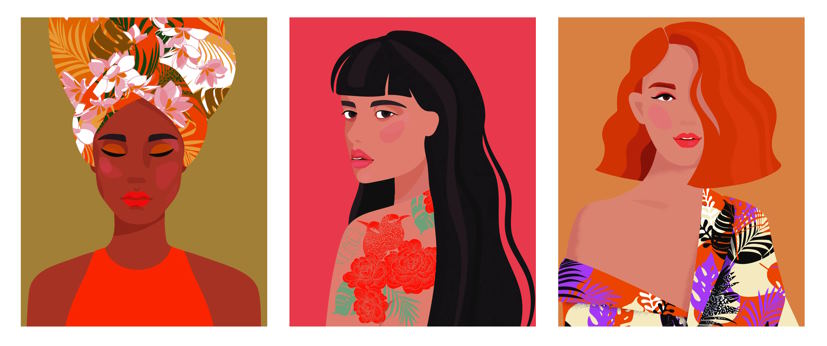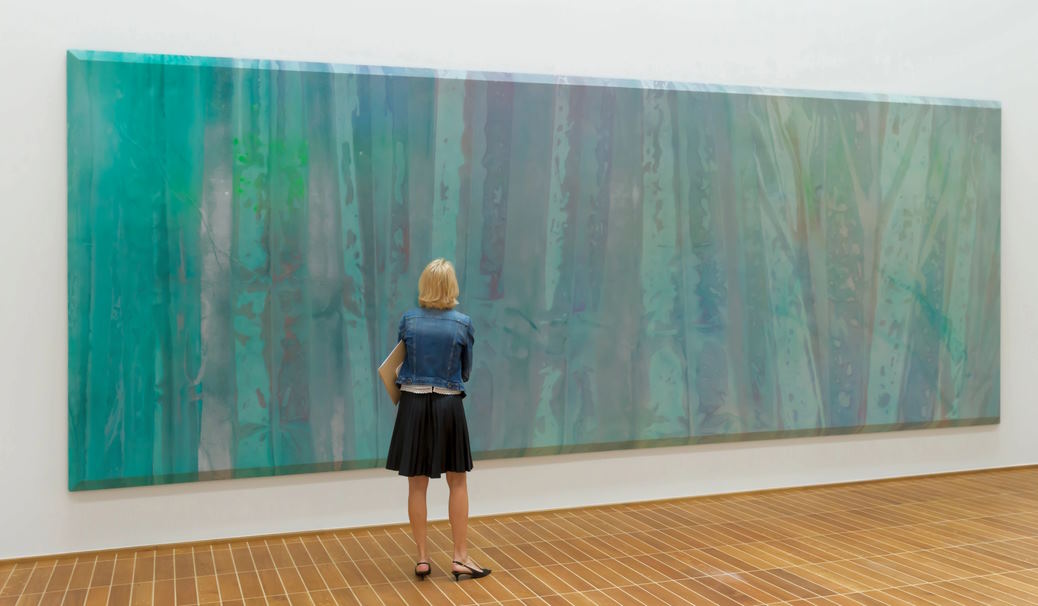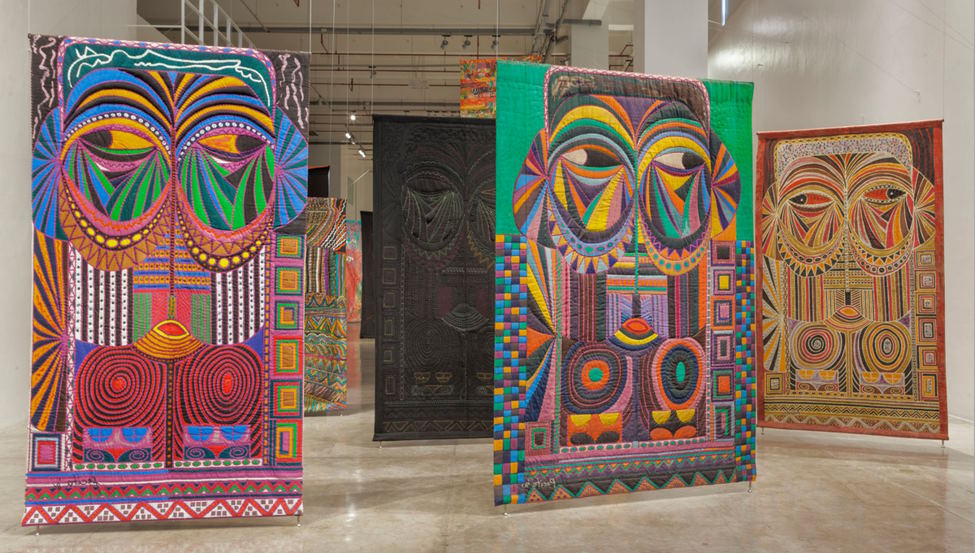In recent years, the impact of multiculturalism on European contemporary art has become increasingly significant. The increasing diversity of European societies has brought about a new artistic landscape, with artists from different cultural backgrounds exploring themes of identity, migration, and belonging. The influence of multiculturalism on European contemporary art is evident in the works of many contemporary artists, who are using their art to reflect on the complex and often fraught relationships between different cultures. In this article, we will explore the impact of multiculturalism on European contemporary art, looking at its historical context, the role of diversity in the art world, and the challenges and criticisms that multiculturalism in contemporary art faces today.
Multiculturalism in Contemporary Art
Multiculturalism has played a significant role in the creation and evolution of contemporary art in Europe. By embracing diversity, contemporary artists have been able to represent and explore various cultures, identities, and perspectives in their work. This has resulted in a more dynamic and inclusive art scene that challenges traditional notions of art, identity, and culture.
Multiculturalism has also influenced the themes and subject matter of contemporary art in Europe. Artists have used their work to address issues such as race, ethnicity, gender, sexuality, and religion, among others. This has led to a more nuanced and complex representation of these topics in contemporary art.
Several contemporary artists have explored multiculturalism in their work, incorporating different cultural elements and perspectives to create unique and powerful pieces. For example, Yinka Shonibare MBE, a British-Nigerian artist, has used African textiles and Western clothing to explore the complexities of cultural identity and colonialism in his sculptures and installations. Similarly, French-Moroccan artist Bouchra Khalili has used video installations to explore the experiences of migrant communities in Europe.

Diversity in the Art World
Diversity in the art world is crucial for the creation of a more inclusive and representative cultural landscape. It is important to have a diverse range of artists and perspectives to ensure that art reflects the experiences of a wide range of individuals and communities. Furthermore, diverse artists bring different approaches and techniques to their work, resulting in a more dynamic and innovative art scene.
Efforts to promote diversity in European contemporary art have been ongoing. Institutions such as museums and galleries have been actively working to promote diversity by showcasing the work of underrepresented artists, providing opportunities for emerging artists from diverse backgrounds, and creating programs that encourage diversity and inclusion.
The impact of diversity on the European art market has also been significant. With the growing recognition of the importance of diversity, collectors and buyers are increasingly seeking out works by artists from diverse backgrounds. This has resulted in a shift towards a more diverse representation of art in the market, with increased visibility and opportunities for artists who were previously underrepresented.

Challenges and Criticisms
Despite the positive impact of multiculturalism on contemporary art, there are also challenges and criticisms facing this movement. One of the main challenges is the issue of cultural appropriation, where artists from dominant cultures appropriate the symbols, practices, and beliefs of marginalized cultures in their work. This can perpetuate harmful stereotypes and undermine the authenticity of cultural traditions.
Another challenge is the lack of representation of artists from diverse backgrounds in the mainstream art world. This can be due to various factors such as institutional biases, limited access to resources, and a lack of recognition and opportunities.
Criticisms of multiculturalism in contemporary art include accusations of tokenism, where artists from marginalized communities are included only to satisfy a diversity quota. Additionally, some argue that multiculturalism can lead to the commodification and commercialization of cultural traditions, resulting in the exploitation of marginalized communities for profit.
The debate over cultural appropriation in contemporary art is complex, with arguments on both sides. While some argue that artists should be able to freely explore and appropriate different cultural elements in their work, others argue that this can perpetuate cultural domination and harm marginalized communities.

